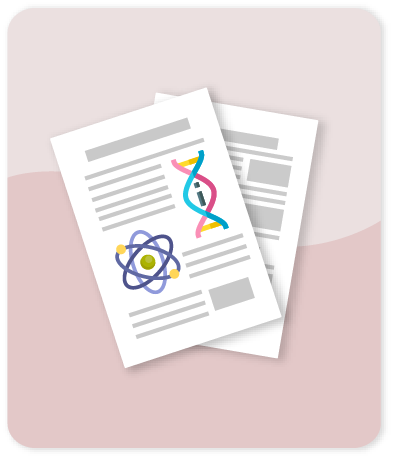Modified parametric hurricane wind model to improve the asymmetry in the region of maximum winds

Compartir este ítem
Fecha
2023Autor
Roldán M
Montoya R.D
Rios J.D
Osorio A.F.
Citación
Metadatos
Mostrar el registro completo del ítemResumen
The understanding of the ocean waves during extreme hurricane conditions is important for risk analysis in coastal areas, the design of maritime works, the evaluation of impacts on ecosystems, navigation, among many other scientific and engineering applications. Although the Reanalysis databases have improved the quality of the wind fields during the occurrence of those hurricanes for which more data is available, they have been characterized by greatly underestimating the magnitude of the wind speed. In this context, parametric models emerge as an alternative capable of meeting the need for sufficient spatial and temporal resolution, but with a significantly lower computational cost. In this research, a new asymmetric parametric model is presented that presents better results, by incorporating a series of equations that allows improving the asymmetry and the magnitude of maximum wind speed around the eye of the hurricane. This new work presents a broader and more robust validation of this model proposed for the Gulf of Mexico, in which: I) the winds of multiple hurricanes are compared, with several trajectories and categories, with speed and direction records from NOAA in-situ buoys, II) The spatial patterns obtained are compared with the wind fields available in H wind considered the best existing database, III) the wind fields are employed as forcing of the WAVEWATCH III wave model and the results are used to validated scalar parameters and directional spectrum against information from NOAA in-situ buoys, IV) a detailed analysis is made of the changes suffered by the directional spectrum of the waves when it is forced with the results of the parametric wind model, versus the spectra recorded by NOAA buoys and, V) all previous results derived from the parametric wind model are compared with the information available in the ERA5 reanalysis database and is discussed about it. The results found show that the parametric model is capable of improving the magnitude of the maximum wind speed around the eye, as well as the directional dispersion of energy in the three-dimensional spectrum of the simulated waves under hurricane conditions. © 2023
Colecciones
- Indexados Scopus [1632]
